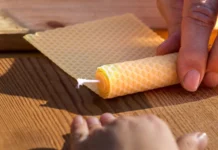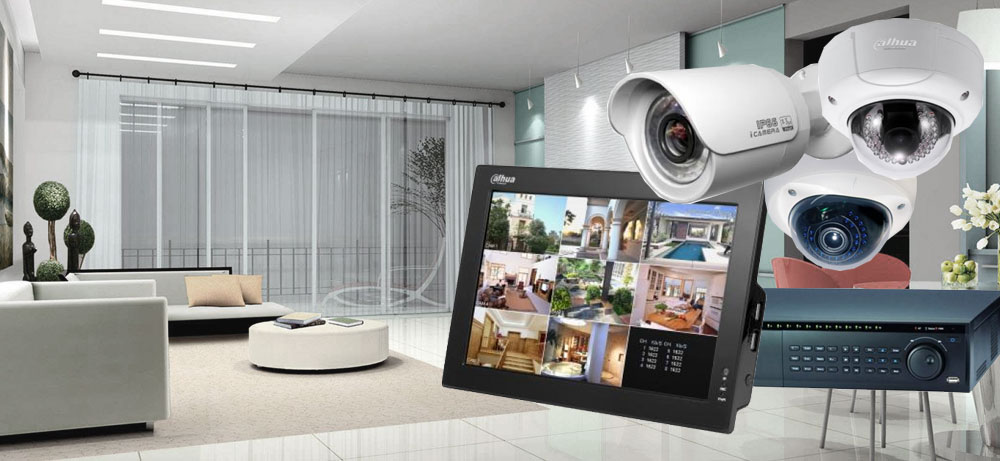
When someone mentions safety at home, what are your first thoughts? You are not alone if you immediately think about home security systems complete with wireless cameras and noisy alarms. Home security systems are very good tools for preventing burglary and home invasion. Still, safety at home goes much further.
Think about all the things that could potentially go wrong at home. Set aside burglary and home invasion. What about fire? What about carbon monoxide (CO) poisoning? You don’t even have to mention things like identity theft and credit card fraud to understand that your safety is always at risk.
Being safe at home is not a matter of doing one or two specific things. Home safety is a mindset. It is about thinking in certain terms so that you are led to do certain things. If you can wrap your brain around that principle, you can make your home as safe as possible.
Burglary, Fire, and Carbon Monoxide
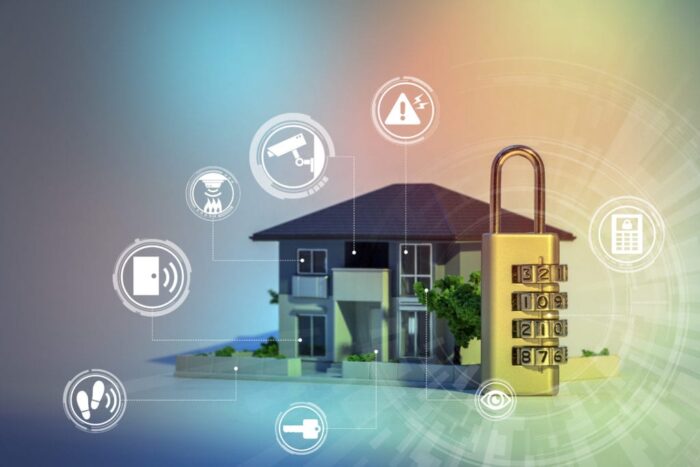
The home security system idea is a good place to start if you are looking to make your home safer. Right off the bat, an entry-level home security system with window and door sensors, a few video cameras, and 24-hour monitoring will help deter property crimes. A security system will also give you some added peace of mind.
To that system, add smoke and carbon monoxide detectors. Having both detectors monitored 24 hours a day greatly reduces the likelihood that you or a family member will be injured or killed in the event of a fire or CO leak. Knowing how many people are injured and killed every year by these two threats is enough motivation to invest in monitored detectors.
One thing to note here is that both professionally installed and DIY security systems can be monitored by third-party service providers. DIY systems can also be monitored by homeowners themselves. Professional monitoring has an advantage in that you can leave your house and not worry about it. Should you decide to self-monitor, you always have to be on alert.
The Threat of Identity Theft
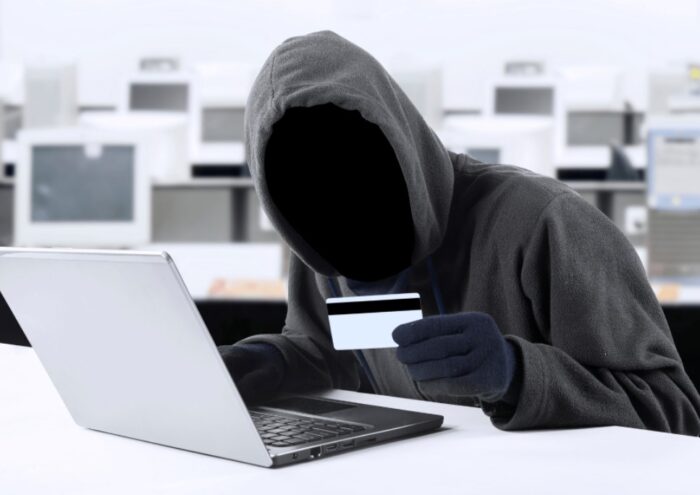
Not every threat to your safety is a physical threat. This is why safety at home goes above and beyond monitored home security systems. One of the biggest threats right now is identity theft. Every year, identity theft costs millions of dollars. Unfortunately, it is such an easy crime to perpetuate that it has become enormously popular among people with the knowledge to pull it off.
Vivint Smart Home is a company that installs smart home and home security systems around the country. They recently wrote a compelling piece about phishing. If you are not familiar with phishing, it is a means of stealing someone’s identity. If you have an email address, you have probably received phishing emails before.
A phishing email is an email that spoofs a legitimate company or organization. Let us give you an example. One of the customers might receive an email that looks like it came from a legitimate company. It has the company logo; it includes what appears to be company contact information; it identifies the recipient as a customer.
The email may request that he provide personal information to continue accessing his account remotely. There is a link for him to click, a link that opens a new page in his browser. Here’s the thing: the link doesn’t go to the actual company website. It goes to the hacker’s website. Personal information is entered and that’s it. The hacker now has enough to steal the customer’s identity.
All Kinds of Threats

Phishing is just one-way identity thieves seek to steal identities. There are lots of other ways to do it. If it’s not phishing, they may try to install a computer virus on your computer or phone. The virus can track each and every keystroke, follow you around every website you login to, and so on.
The good news about this particular threat is that it is easy to prevent. How do you do it? By practicing, online safety strategies. For example, don’t ever provide personal information online or over the phone unless you’re absolutely sure you are doing so in a secure environment. Next, don’t ever open email attachments unless you know who they are from, and you can verify their legitimacy.
Credit Card Fraud
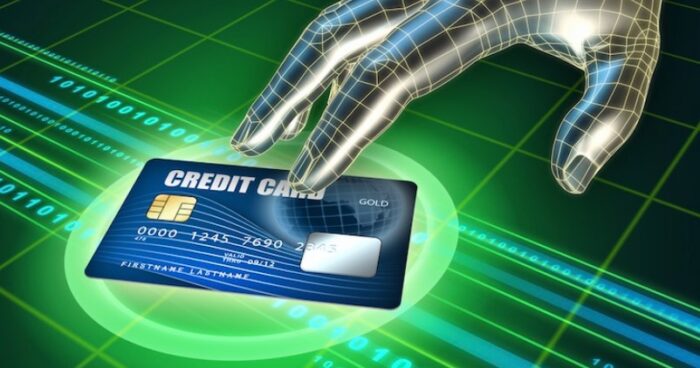
Credit card fraud is another personal safety issue we all have to worry about. It is not nearly as threatening as identity theft, but it can still be pretty damaging. Credit card theft occurs when hackers steal credit card information and then use it to purchase as much as they can before being discovered.
An employee working for a company you do business with can steal credit card information simply by writing it down. Of course, that employee has to have access to the information. That is not hard when companies ask for credit card information over the phone. But even data collected online can be hacked by a skilled employee.
Another strategy for perpetrating credit card fraud is installing a card reader – or skimmer – on a local ATM, gas pump, or payment terminal. A skilled hacker can install a reader very quickly and without anyone noticing. Then they just wait. The data can be retrieved remotely, or the hacker can go back and remove the reader later.
Household Accidents

Getting back to physical threats, let us close this post by briefly talking about household accidents. Millions of Americans are injured every year by tripping and falling, cutting themselves with a kitchen knife, etc. Household accidents are so common that they don’t register in our brains. Yet just taking the time to slow down and use some common sense can make you a lot safer.
Whether it is household accidents, property crimes, identity theft, or credit card fraud, threats to our safety are all around us. Safety at home is not about doing one or two things. It is about adopting a mindset that encourages you to do what you do safely. It’s hard to go wrong with that mindset.

